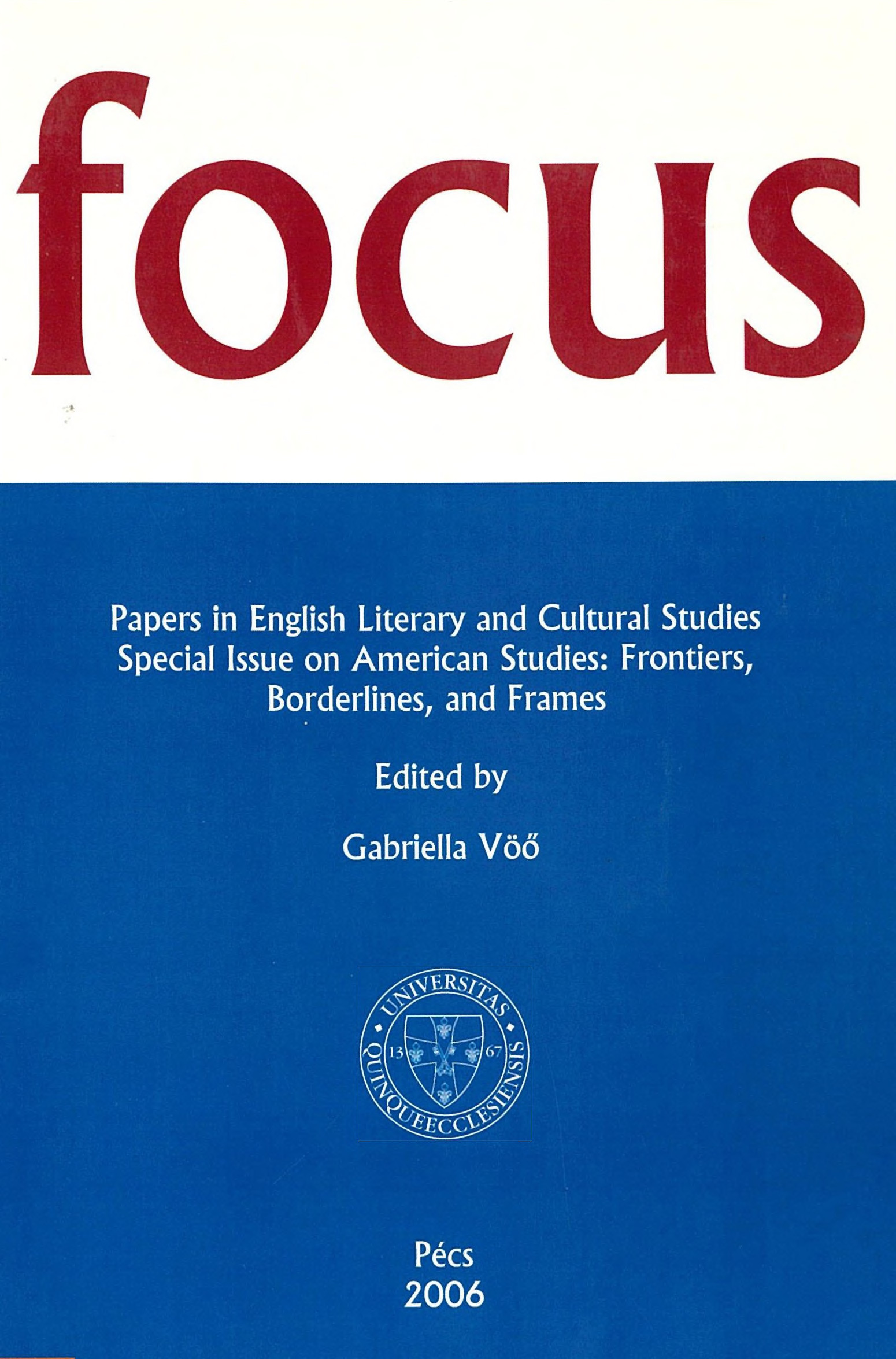Identity at Thresholds and American Dramatic Frames: Paula Vogel’s How I Learned to Drive and Edward AI bee’s The Goator Who Is Sylvia?
Abstract
The aim of this essay is to explore the thresholds of identity in Paula Vogel’s How I Learned to Drive (1997) and Edward Albee’s The Goat or Who Is Sylvia? (2002). These works are highly controversial plays written by a lesbian and a gay playwright; they have shocked the American audience but were awarded afterwards with the Pulitzer Prize and the Tony Award for best Play, respectively. Another, earlier play of the same category is Tony Kushner’Angels in America (1991 and 1992). Here the author stages an image of America where “religious, racial, sexual identities co-exist and intermingle” (Bigsby, Modern 423) in order to shape a world in which “the breaching of boundaries is both method and subject” (423). The transgression of boundaries in Kushner’s play happens mainly in the context of gender and political issues; he depicts AIDS, race and homosexuality, the versatile topics of the eighties and nineties,
in a straightforward, outspoken manner comparable only to the world of Vogel’s and Albee’s plays.
Downloads
Published
How to Cite
Issue
Section
License

This work is licensed under a Creative Commons Attribution-NonCommercial-NoDerivatives 4.0 International License.
FOCUS: Papers in English Literary and Cultural Studies follows the principles laid down by Creative Commons, which provides guarantees for the Author’s copyright while also ensuring that intellectual properties are made available for the wider public in a digital form. All papers submitted to the journal apply the following licence conditions (indicated on the journal’s website as well as in individual publications):
“© This work is licensed under a Creative Commons Attribution-NonCommercial-NoDerivatives 4.0 International License.”
You are free to:
- Share, copy and redistribute the material included in the journal in any medium or format under the following terms:
- Attribution — You must give appropriate credit to the Author, and indicate the original place of publication [FOCUS: Papers in English Literary and Cultural Studies, Issue nr., page numbers.].
- NonCommercial — You may not use the material for commercial purposes.
- NoDerivatives — You are not allowed to remix, transform, or build upon the material.
- The above conditions must always be indicated if the journal material is distributed in any form.
- The above conditions must always be met, unless a written permission signed by the Author and the Editor-in-Chief states otherwise.

